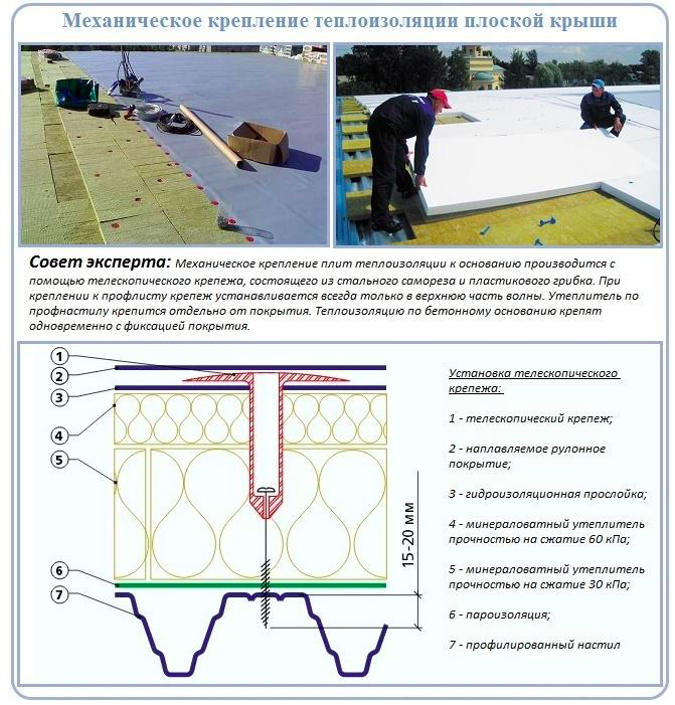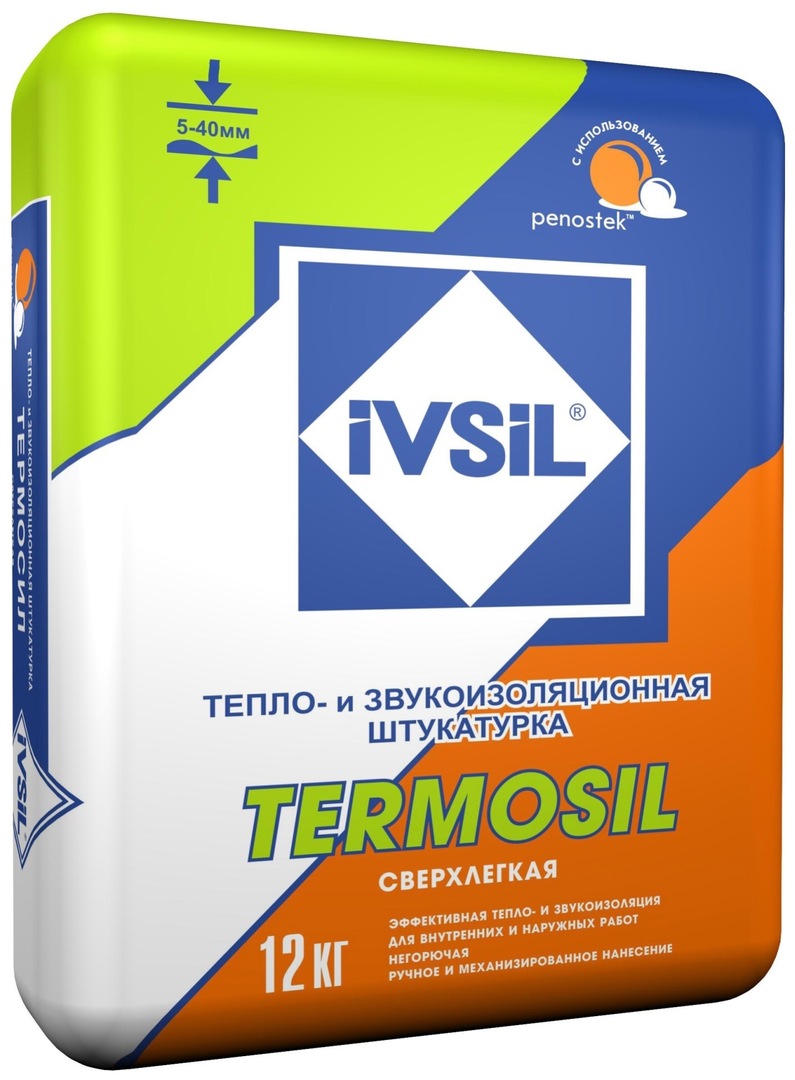Pipes in the kitchen, especially gas pipes, often become objects of decoration. The overall appearance of the room and the ease of use depend on how to close the pipes in the kitchen. There are many ways to do this aesthetically and functionally. One of these methods is the installation of special boxes.
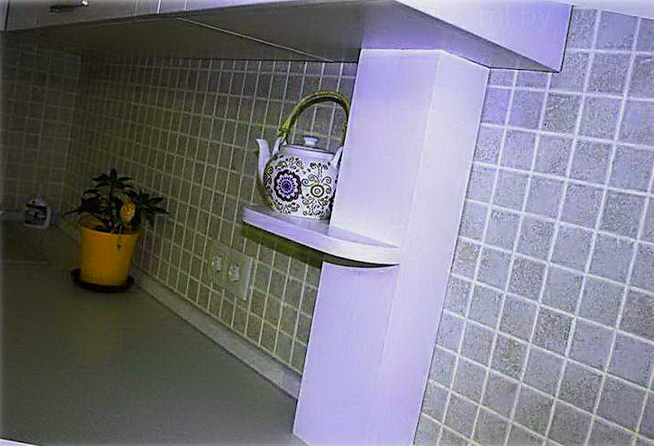
The content of the article
- Selection of materials for the box
- Box designs for gas pipes
- Practical recommendations for installing the box
- Errors when installing the box
- Conclusion
Selection of materials for the box
Before you begin installing the box, you should decide on the material from which it will be made. One popular option is to cover the pipes with plasterboard. This material is easy to process, has a low cost and looks good in the interior. It is also possible to use wood, MDF or plastic, each of which has its own advantages and disadvantages.
Material options:
- plasterboard is a cheap material, easy to process, lightweight;
- wood is an environmentally friendly, durable option, but it requires special care;
- MDF is cheaper than wood and offers a variety of finishes;
- plastic is moisture-resistant, durable, but can be expensive.
Box designs for gas pipes
The gas pipe box in the kitchen is not only a functional element, but also an important part of the interior. The choice of box design largely depends on how to hide the pipes in the kitchen without losing ease of access to them and maintaining the aesthetic appearance of the room. Let's look at the main types of boxes that can be used for these purposes:
- Rectangular box. This is the most common and versatile option that is suitable for most kitchens. The simplicity of the design ensures ease of installation and dismantling.
- Round or oval box. These options are more difficult to manufacture, but they can be an original and stylish solution for a modern interior.
- Corner box. This option is great if the pipes in the kitchen are located in the corner of the room. A corner box will help to effectively cover the pipes in the kitchen in the corner, creating a finished and neat look.
Each of the listed designs has its own advantages and installation features. For example, a rectangular box is easiest to install with your own hands, while a round or oval box is best left to professionals due to the complexity of the shape.
When choosing a box design, it is important to consider not only its shape, but also the material from which it is made. So, a box made of plasterboard will be cheaper, but less durable than a box made of metal or wood. It is also worth considering in advance how the pipes will be accessed if repair work is necessary.
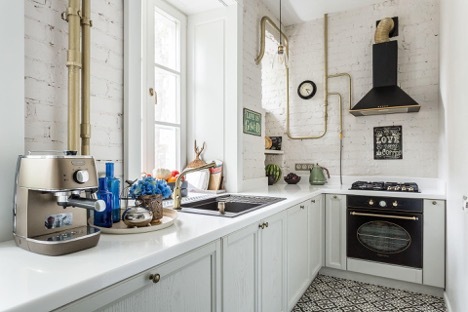
Practical recommendations for installing the box
Installing the box over kitchen cabinets or along a wall requires some skill. It is important to provide access to the pipes for possible repairs or maintenance. If you are not confident in your abilities, it is better to turn to professionals.
Instructions for installing the box:
- measure the dimensions of the pipes and select a suitable box;
- prepare the surface for installing the box;
- install the box following the manufacturer’s instructions or the technician’s recommendations;
- finish the box in accordance with the overall design of the kitchen.
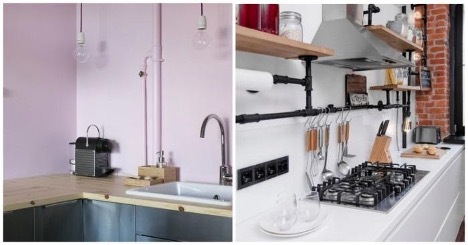
Errors when installing the box
Installing a gas pipe box in the kitchen is a responsible process that requires precision and certain skills. Mistakes made can lead not only to deterioration in appearance, but also to functional problems. Let's look at the most common mistakes that should be avoided.
- Choosing the wrong material can lead to the box quickly failing. For example, a wooden box may not be the best choice in a high-humidity kitchen environment.
- Incorrect dimensions of the box may result in it not covering the pipes completely or being too large, which will negatively affect the appearance of the kitchen.
- The box must be equipped with holes or doors for access to the pipes. This is necessary to be able to carry out repair or maintenance work.
- An incorrectly installed or poorly polished frame can spoil the overall appearance of the kitchen.
- The box should not interfere with the opening of cabinets or other kitchen furniture.
When installing a box in the kitchen, it is important not only to choose the right material and accurately measure the dimensions, but also to pay attention to the aesthetic side of the issue. Professional installation or consultation with a specialist will help you avoid many mistakes and make sure that the gas pipe box will serve for a long time and efficiently.
It is also recommended to work out ways to access pipes if necessary. The openings or doors in the box should be easy to open, but at the same time close securely to ensure safety and maintain the aesthetic appearance of the kitchen.
Conclusion
Closing the pipes in the kitchen is a task that requires careful approach and attention to detail. Choosing the optimal box for a gas pipe in the kitchen and its correct installation can not only hide communications, creating comfort and order, but also ensuring safety and access to pipes for repairs works There are many design options for boxes that allow you to harmoniously fit them into the interior of the kitchen. It can be a classic plasterboard box, an elegant decorative box, or fashionable designs made of glass and metal.
The choice of material, size and shape of the box, as well as high-quality installation, play a key role in how to close the pipes in the kitchen aesthetically and functionally. Installation errors can lead to inconvenience in use and additional costs in the future. Therefore, it is important to devote enough time and attention to this process, or entrust the work to professionals. With the right approach, you can achieve excellent results that will please the eye and serve for many years.

